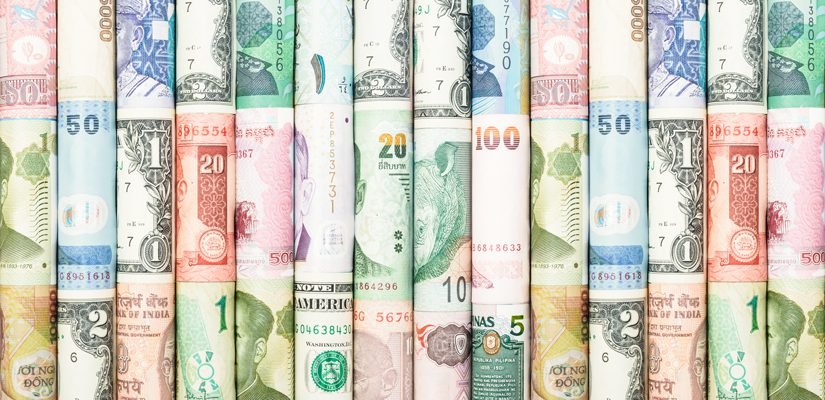In early trade on Thursday, the rupee strengthened 18 paise to 81.93 against the US dollar, following the American currency’s widespread decline in the global market.
Foreign capital inflows, according to forex merchants, also strengthen the local currency.
The native currency at the interbank foreign exchange started out at 81.99 against the dollar before rising to 81.93, representing an increase of 18 paise from its previous closing.
The rupee’s closing value versus the US dollar on Wednesday was 82.11.
“In general, the USDINR has significant support between 81.75 and 80 levels as a result of the RBI’s intervention to prevent a sharp increase. In addition, the Fed’s process of raising interest rates and continued geopolitical concerns are expected to have an impact on investor sentiment, and the USDINR may rebound to levels between 82.50 and 82.80 “Amit Pabari, MD of CR Forex Advisers, stated.
The dollar index, which measures the value of the dollar against a basket of six different currencies, increased 0.06 percent to 101.55.
The benchmark for world oil, Brent crude futures, fell 0.22% to $87.14 a barrel.
According to a research note from IFA Global Research Academy, “Brent has increased to $87.25 per barrel as poor US CPI could indicate that the Fed could sound less hawkish.”
The 30-share BSE Sensex fell 43.95 points, or 0.07 percent, to 60,348.82 on the domestic equity market. The NSE Nifty, a more inclusive index, dropped 1.05 points, or 0.01 percent, to 17,811.35.
According to exchange data, foreign institutional investors (FIIs) were net purchasers in the capital market on Wednesday, buying shares worth Rs 1,907.95 crore.
Retail inflation in March reached a 15-month low of 5.66 percent, returning to the Reserve Bank’s preferred level of 6 percent, on the domestic macroeconomic front.
According to official data issued on Wednesday, India’s industrial production growth increased slightly to 5.6% in February from 5.5% in January 2023, primarily because the manufacturing, mining, and power sectors performed well.




